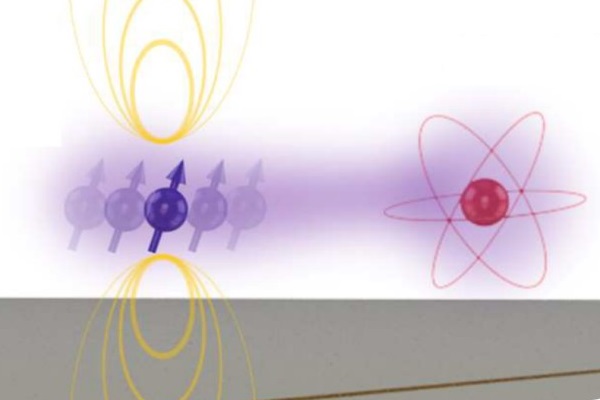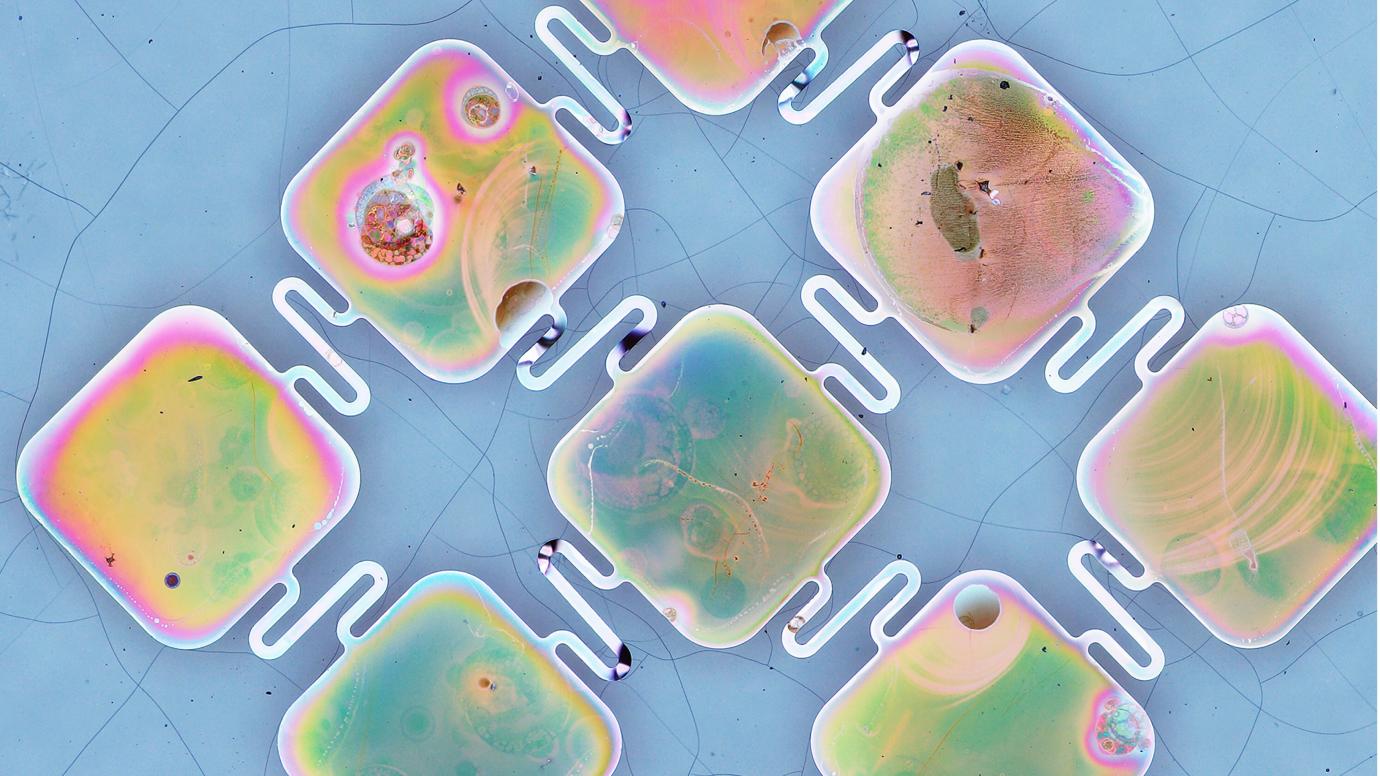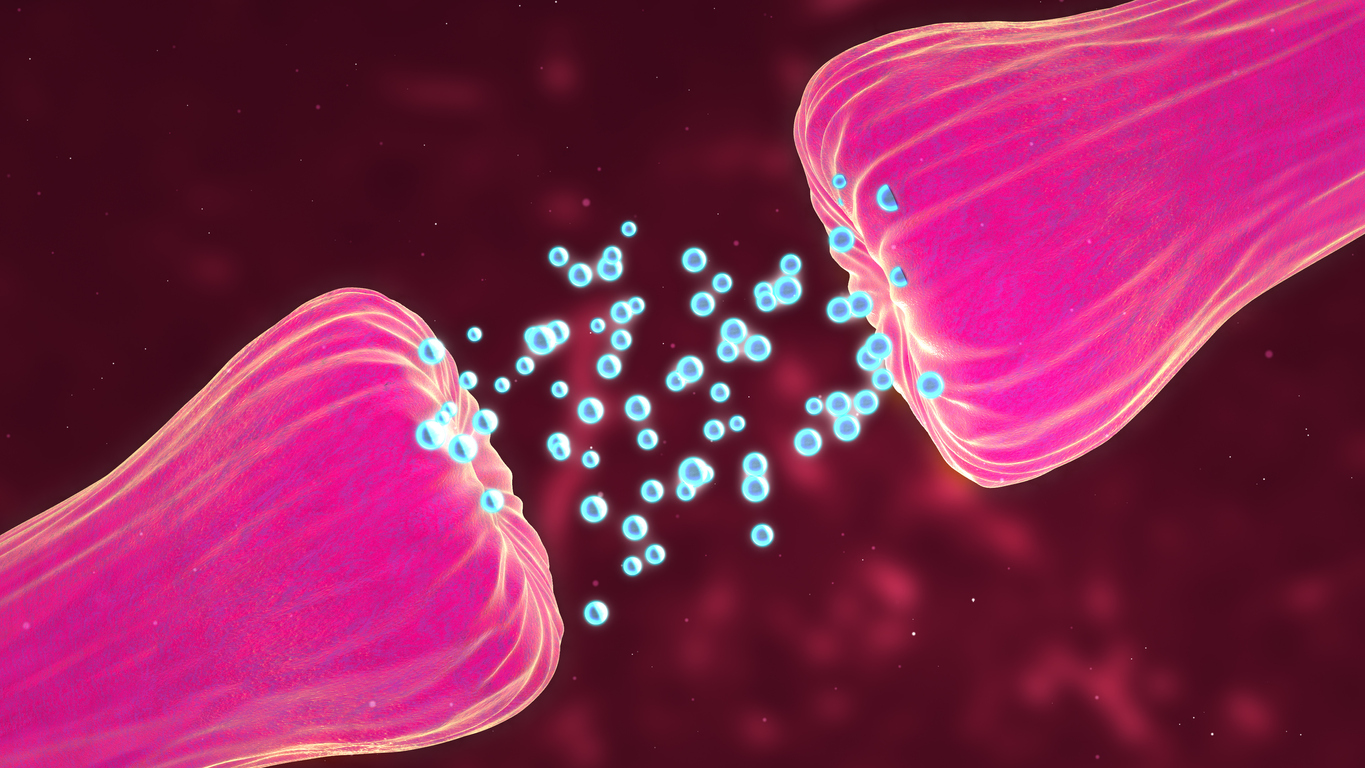Artificial neural networks are the primary force behind self-driving cars. A car is constantly experiencing the world for the first time, regardless of how many times it has travelled a specific route. They are unable to recall the previous events.
Researchers have released three publications simultaneously in order to try and overcome this issue.
A car’s laser scanner may mistakenly believe an object is a person at first when it notices a tree with an unusual shape. The kind of item will become more obvious as the automobile approaches the tree, though. This implies that even in the presence of fog or snow, the car should be able to recognise the same tree the next time you pass it.
Carlos Diaz Ruiz, a doctoral candidate, guided the team in compiling a dataset. The team drove a car around a 15km loop that had LiDAR sensors (Light Detection and Ranging). These took place at various times of the day, in various weather conditions, and in various locations, such as a university, a city neighbourhood, and a highway. More than 600,000 images ended up filling this collection.
One of the major issues that self-driving cars face, according to Diaz-Ruiz, is poor weather. When the street is covered in snow, people can still use their memories, but a neural network without memories is considerably less helpful.
As a car passes by an object, the HINDSight system employs neural networks to determine how to describe it. It then condenses these descriptions, which the team refers to as “SQuaSH” (Spatially-Quantified Sparse History characteristics), in a manner akin to how the human brain retains “memory,” and places them on a virtual map.
The local SQuaSH database, which contains details on all of the LiDAR locations along the route, will allow the self-driving car to “remember” what it has already learned the next time it travels through the same area. The amount of data that can be used for recognition increases as the database is kept current and information is transferred between cars.
Any 3D object detector that uses LiDAR may obtain these details. In other words, 3D models can be created using this information. It can train both the detector and the SQuaSH representation at the same time, without any time-consuming supervision or annotation by a person.
HINDSIGHT was inspired by the research project MODEST (Mobile Object Detection with Ephemerality and Self-Training), which aimed to make it possible for a vehicle to learn the whole perceptual pipeline from scratch.
The MODEST technique was developed based on the assumption that the artificial neural network within the car has never seen any real-world objects or streets. The HINDSIGHT approach presupposes that the artificial neural network is already capable of memory storage and can recognise a variety of items. It could be able to determine which elements of the environment can move and which cannot by repeatedly taking the same path. In the end, it finds out what makes them different from other drivers and what can be ignored.
After that, even on routes that weren’t a part of the initial set of repeated traversals, the system can always recognise these items.
At the moment, self-driving cars mostly use expensive data that has been annotated by humans. The researchers think that by teaching the cars how to move through crowded areas, their methods will both lower the cost of making self-driving cars and make them work better.
Story Source: Original press release by Cornell University. Note: Content may be edited for style and length by Scible News.








